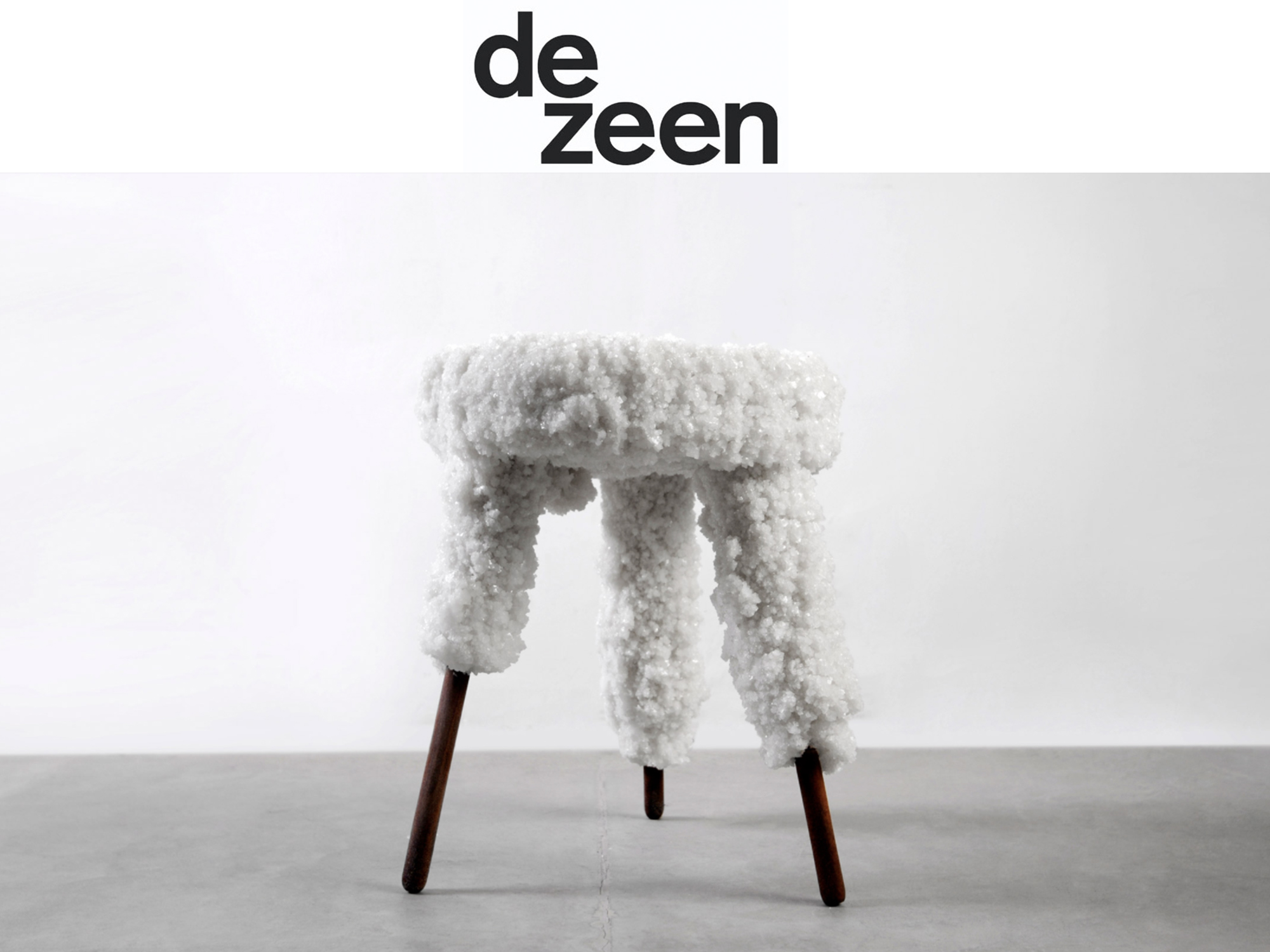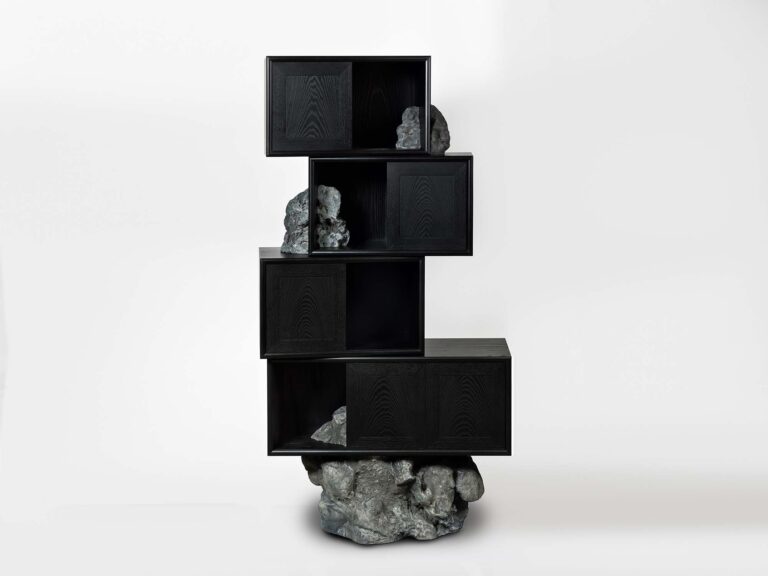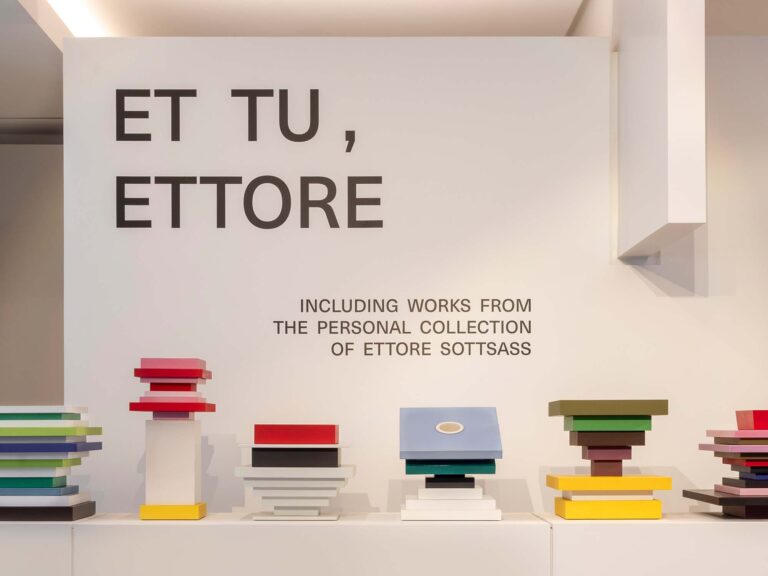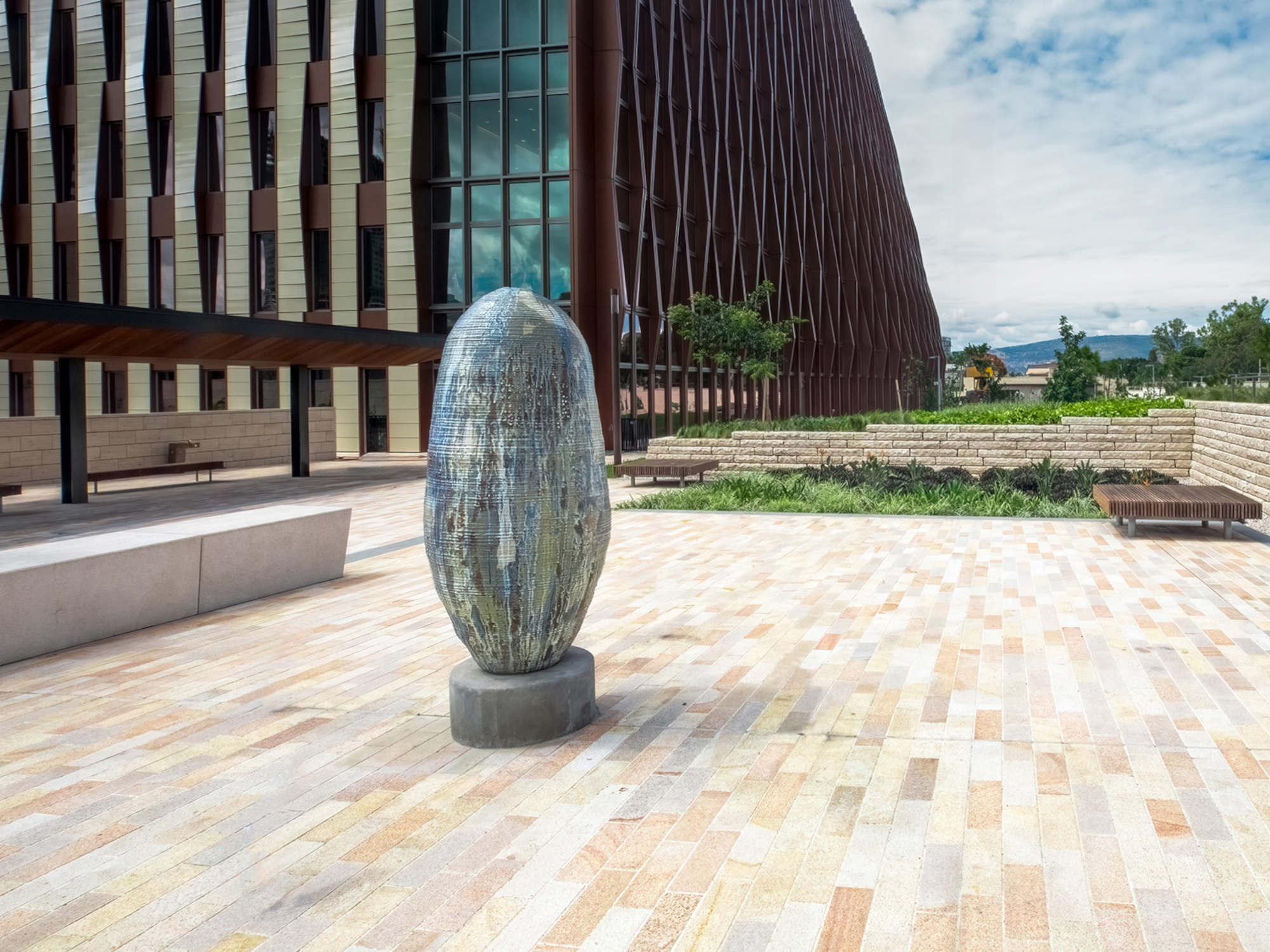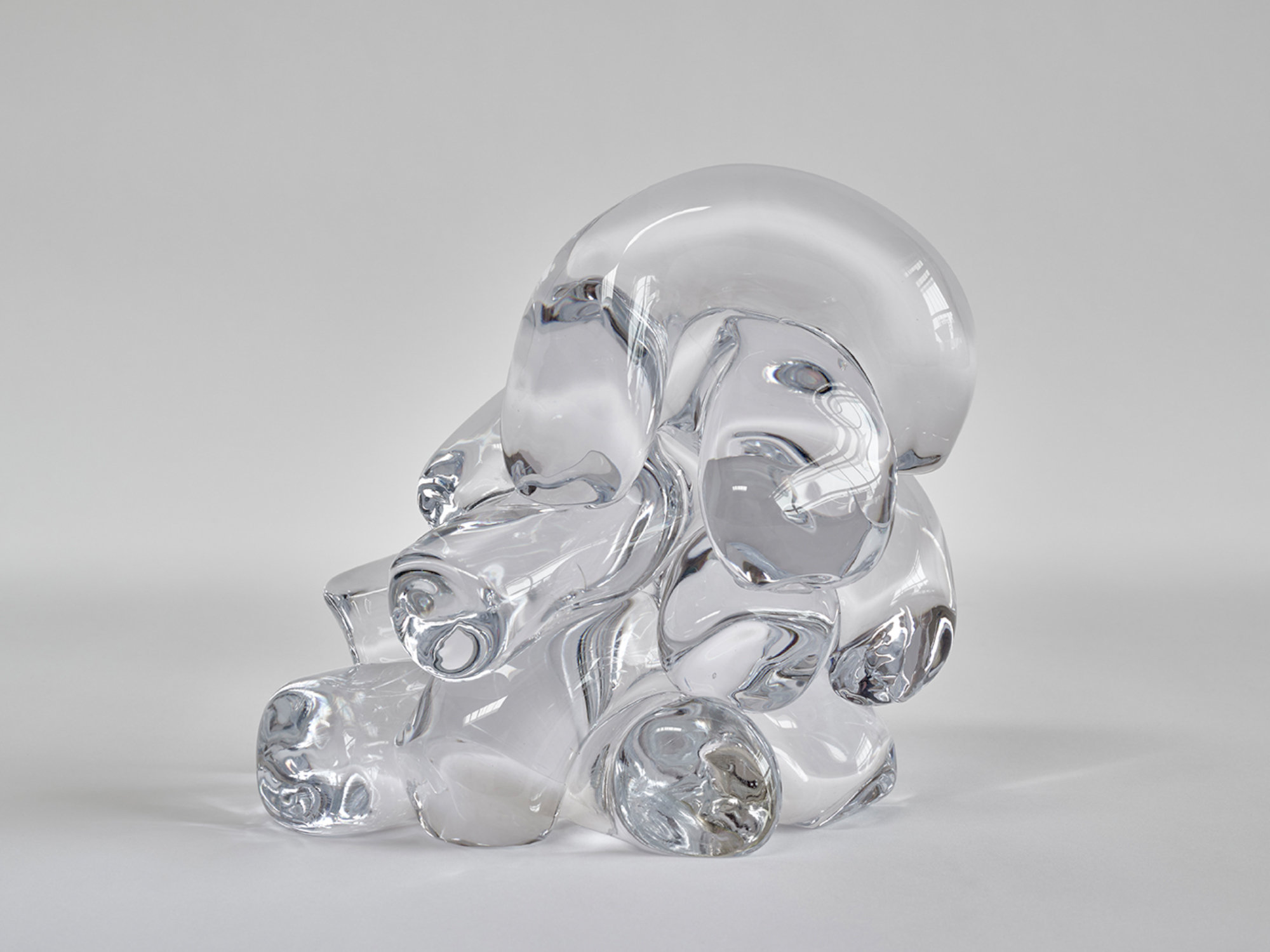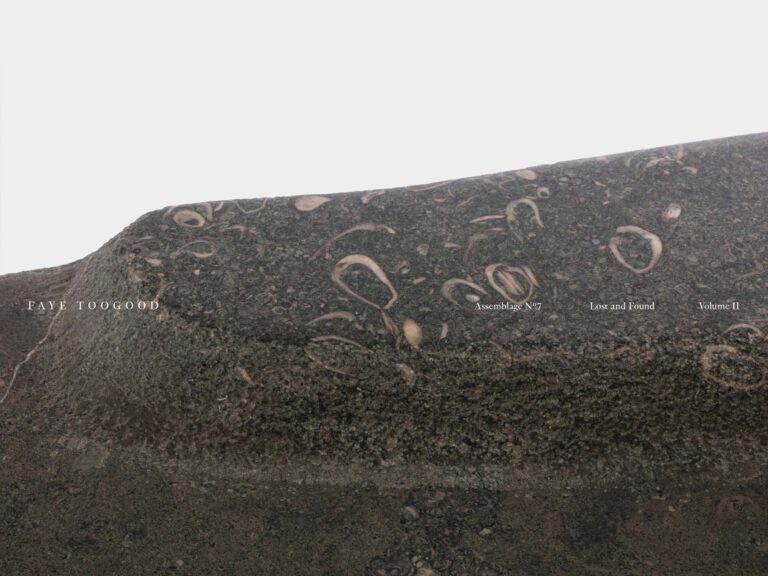By Natashah Hitti
Israeli designer Erez Nevi Pana is aiming to push veganism to the design industry, by experimenting with different plants and minerals to create animal-free furniture.
For his Vegan Design exhibition, Nevi Pana wanted to further his PhD research to see if it was possible to make designs without using any kind of material derived from animals.
“If you ask vegans, in the context of food the abundance is there, you just need to discover it. Yet, when we think about vegan artefacts, about products, the limitation is pronounced,” said the Israeli designer, who became vegan five years ago.
Showcased at Spazio Sanremo on Via Zecca Vecchia as part of Milan design week, the exhibit presents his experiments with natural resources and processes to create designs that are described as being “free from guilt.”
It intends to raise awareness of deception of ingredients in products. It also aims to present the potential of using vegan materials in every aspect of design, from working process to final product.
“It is not aesthetic or about function, it is a placid theory that can turn explosive,” stated Nevi Pana about the exhibit.
“It is a trial leading a design discussion through the atrocious reality of animals concocted within our objects, and towards an alternative, ethical orientation of harmony, and of oneness with all animate and inanimate forms.”
Curated by Maria Cristina Didero, the exhibition space is divided into five “mountains” that each presents a different experiment with vegan design – including salt, soil, clay, textile and trash.
Each object aims to provide a different approach to vegan design and the “art of reduction.”
The designer started his exploration into vegan design with the Dead Sea – using the sodium-heavy water to create salt-covered stools.
By collecting scraps of wood discarded from carpenters’ workshops, Nevi Pana constructed a seat that he then attempted to fix together using his self-made vegan glue, consisting of plant fibres and wood resin.
However this glue wasn’t a success, the designer told Dezeen, as it was not powerful enough to secure everything together.
“I took advantage of the idea that the crystallising process in the Dead Sea can create a kind of skin around the product, and this is what unites everything together into one piece,” he said.
“The legs are pushed inside the body in a slot-like manner, and slowly the salt starts to cover everything,” he added.
For a second stool, the designer took natural substances he found on the side of the road while wandering in the Israeli desert – branches, leaves, stones and textile scraps – and combined them to form a chair.
This was then dipped in water from the Dead Sea for several months. When it emerged, it was coated with a “skin” of salt crystals.
Nevi Pana also experimented with soil as a material, combining soil, fungi and other natural materials that, together, arouse a chemical reaction that makes the ingredients “rise” like dough.
When left overnight at room temperature, this so-called dough will double in size. The mixture is then shaped inside a wooden mould to create the desired object.
Nevi Pana then bakes the mixture, causing it to become solid and strong enough to be sanded, sawn and drilled into a chair-like form, which was given the name Soilid.
The exhibition also includes objects made from clay that the designer sourced himself from the Dead Sea, a material made from silkworm cocoons that is taken non-invasively, and a pile of the waste produced by the making of these products.
After becoming a vegan five years ago, Nevi Pana began to change his eating habits and diet. He then started to question what he was wearing, and the materials he was using in his design work.
“When you choose to be vegan, you are questioning the sense of superiority over animals and their usage for the production of our products,” said the designer. “This results in a reduction, but not only in one’s diet.”
“Choosing awareness leads to action, thereby expanding the discussion to much more than diet – a broader questioning arises regarding usage in general, whether vegan or not.”
He says his work adopts a more intellectual and academic approach rather than presenting usable furniture items, and hopes his ideas will provide a starting point for other designers.
“No one brings out the voice of animals in this [design] context,” he said. “This is not my feat, this is everyone’s.”
Veganism is on the rise all over the world and is now spreading to the design industry following the launch of the Vegan Homeware Awards last year.
Nevi Pana’s exhibition is on display as part of Milan design week, which is taking place this year from 17 to 22 April.
